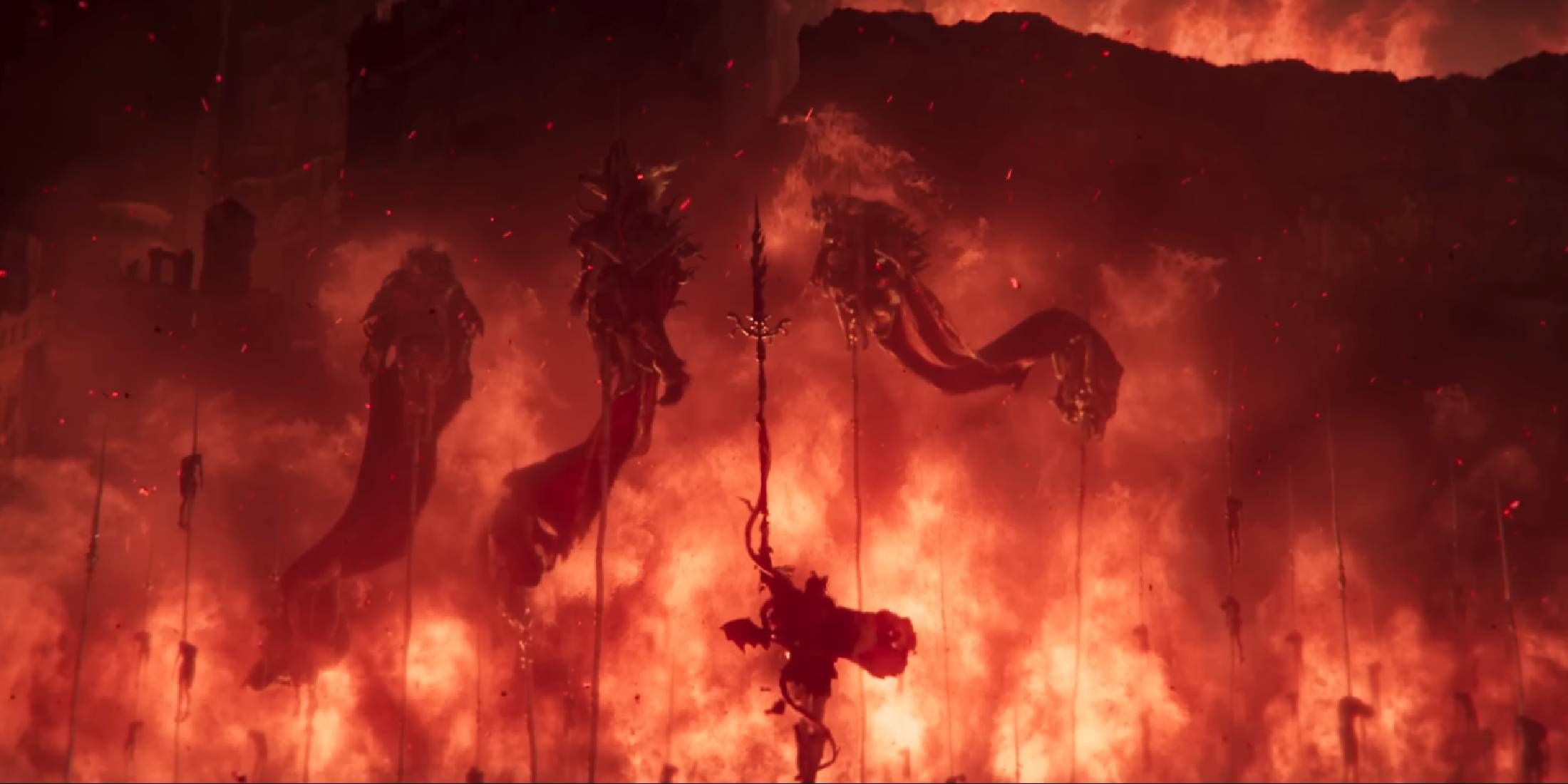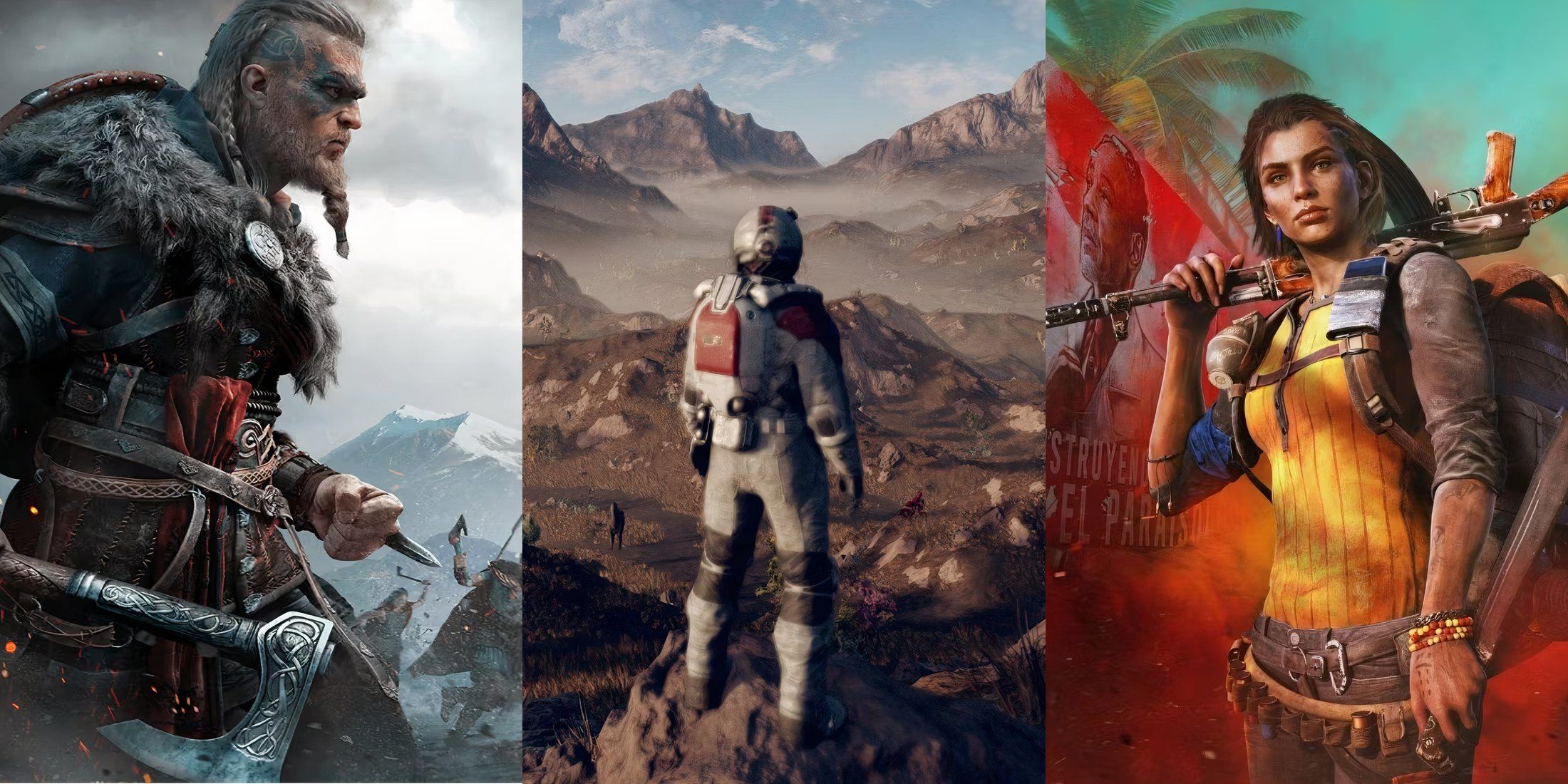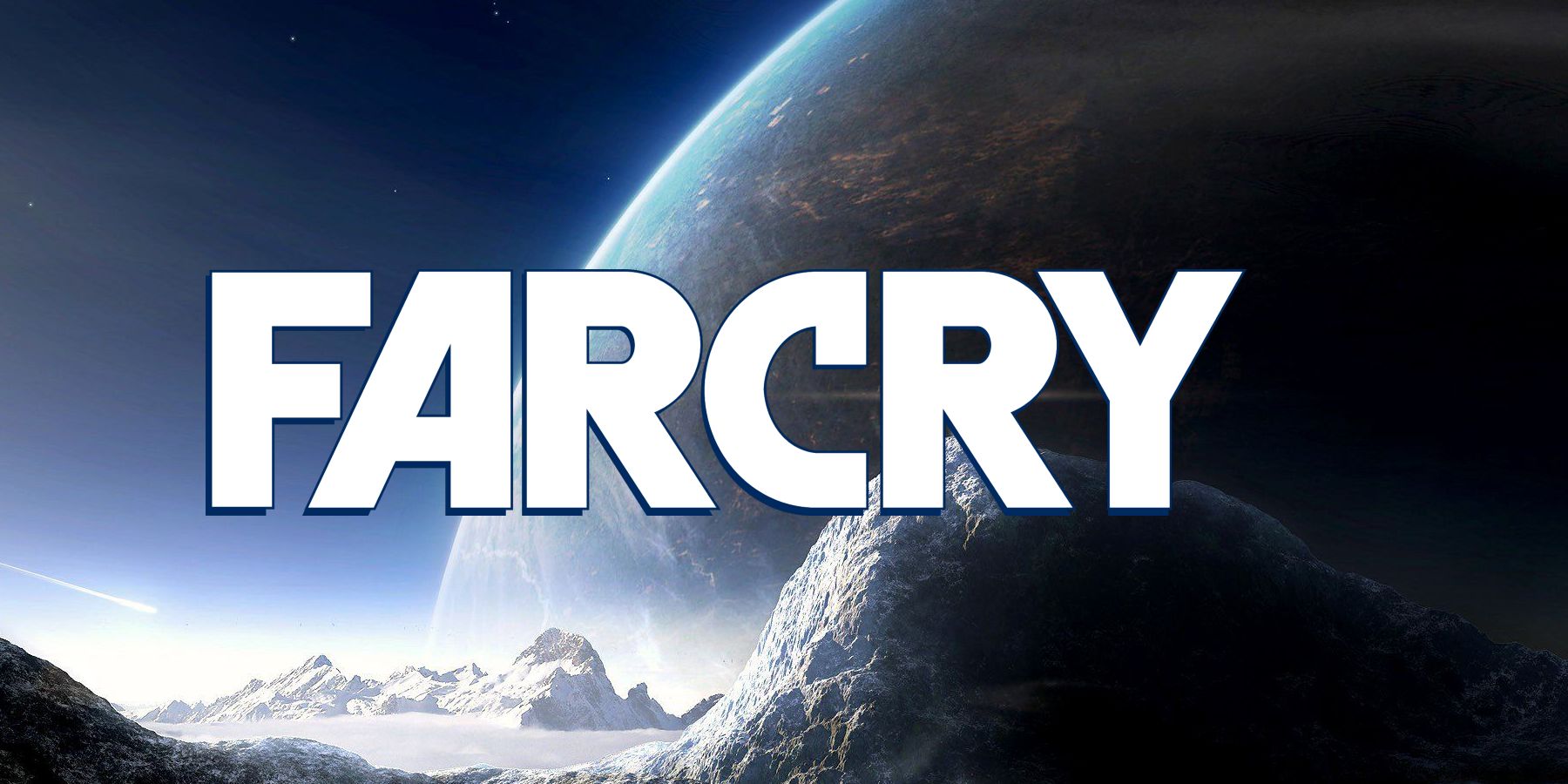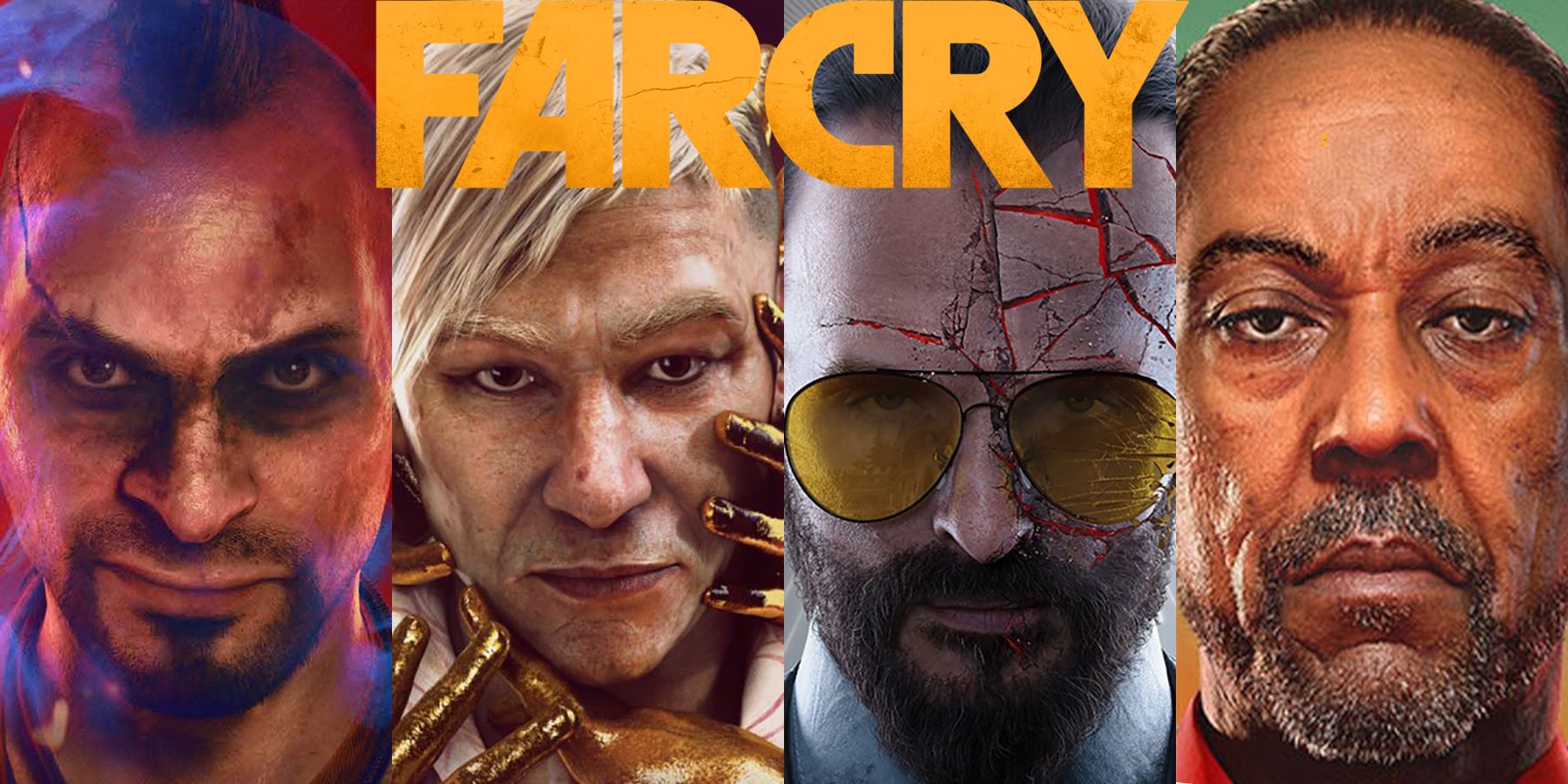The Far Cry series has become one defined by its villains and locations. With each new release, the biggest question fans seem to have is where it will be set, while it's somewhat assumed the game will feature a larger-than-life villain. In recent games, especially Far Cry 6, the series has become more openly political, though this aspect of the games has also been criticized. However, there was also a large demand for Far Cry to admit it has always been a political series after Ubisoft had disavowed the idea with Far Cry 5. The direction Far Cry decides to go in the future will be closely related to the game's setting, and it may serve the series better to explore entirely different types of locations than previous games have.
Regardless, Far Cry is known for having whacky, over-the-top elements and characters that can better suit certain settings than others. The Far Cry series has never shied away from more imaginative settings, though they are usually reserved for spin-off games. For the main Far Cry series, it seems there are two distinct directions to go in: Leaning into the whacky and imaginative elements of the game, or toning those elements down in order for a more nuanced political setting. Based on previous Far Cry games, one potentially apt setting for Far Cry 7 to explore may be a sci-fi one, wherein the imaginative and gameplay elements of the game can shine, while a more analogous approach to political themes could be a better fit for the series.
Far Cry and Futuristic Settings
While the main games in the Far Cry franchise tend to have somewhat more realistic settings, the spin-off games have explored more imaginative settings with different degrees of success. Far Cry: New Dawn is a prime example of a futuristic, somewhat post-apocalyptic Far Cry setting. However, the game is closely tied to the setting of Far Cry 5, which was heavily inspired by real-world political events like 9/11 and the Cold War. Ubisoft described Far Cry 5 as apolitical, despite the contentious themes of religious extremism and far-right politics in the US. As such, Far Cry: New Dawn was largely a rehashing of Far Cry 5's setting and themes, despite being set in the future.
Far Cry 3: Blood Dragon is one of the series' most well-remembered spin-offs, and has even inspired a Blood Dragon Netflix tv show adaptation. This game has a stylistic, retro-futuristic setting inspired by '80s sci-fi movies like The Terminator and Robocop. Blood Dragon offers fun and whacky gameplay that emphasizes many elements of the series' over-the-top elements can thrive in more eclectic settings. While there were some critics of the humor in Blood Dragon, the game also emphasizes the potential of the Far Cry games to explore parody and absurdism more.
By mirroring the style of '80s action and sci-fi movies, the game's rocket launchers, bloodshed, and wild animals fit comfortably with the overall theme, rather than evoking narrative dissonance with complex political issues while the gameplay involves mowing down enemies. Ubisoft has actually held multiple polls and surveys during the series' lifetime, allowing fans to vote for possible Far Cry settings. Many of the suggested locations were imaginative and fictitious, while some were historical settings, and notably, sci-fi was a recurring suggestion. While Far Cry 3: Blood Dragon was successful, fans have still theorized what a sci-fi entry in the main series might be like.
One of the most notable aspects of the concept was how well many of the core components of Far Cry games, like conquerable outposts, a variety of eclectic land, sea, and air vehicles, and whacky scenarios, could be adapted in interesting ways with a sci-fi setting. Games like No Man's Sky offer great examples of how a futuristic sci-fi setting could work as an explorable open. This is not to say that Far Cry needs to change thematically to match No Man's Sky, but merely that the more immense and imaginative setting of a sci-fi world would help alleviate much of the inherent conflict in the series' current approach to marrying its settings and themes.
Sci-fi Politics
The settings of Far Cry games are fictional places, but usually act as exaggerated versions of real-world places and cultures. Far Cry 6, for example, is set in modern-day on the fictitious island of Yara, resembling Cuba. The modern-day setting and apparently explicit political theme seem obtuse due to the game's lack of acknowledgment of present-day political issues. The Far Cry games have always implemented a level of distance between the events of the game and any real-world political events.
Sci-fi, then, is a genre in which it is commonplace to explore a wide variety of political or social themes through fantastical and exaggerated settings. As such, a sci-fi setting would give the Far Cry series room to figure out what it is really trying to say while also giving fans the usual gameplay features of a Far Cry game in a new, exciting setting.
Ultimately, there are multiple different directions the Far Cry series could go, but a futuristic sci-fi setting, or one equally grand and imaginative, is something that fans want to see. In addition to this, the sci-fi setting offers an opportunity to overhaul some elements of Far Cry that divide critics and fans alike. Considering the controversies surrounding recent games, criticisms of the gameplay becoming tired, and the fact that every game comes with a new setting and characters anyway now seems a good time for the series to revitalize itself with a big move like this.
However, the next Far Cry game is not expected anytime soon, and many fans have already expressed a worry about the series' future in light of Ubisoft's prioritization of free-to-play games.






